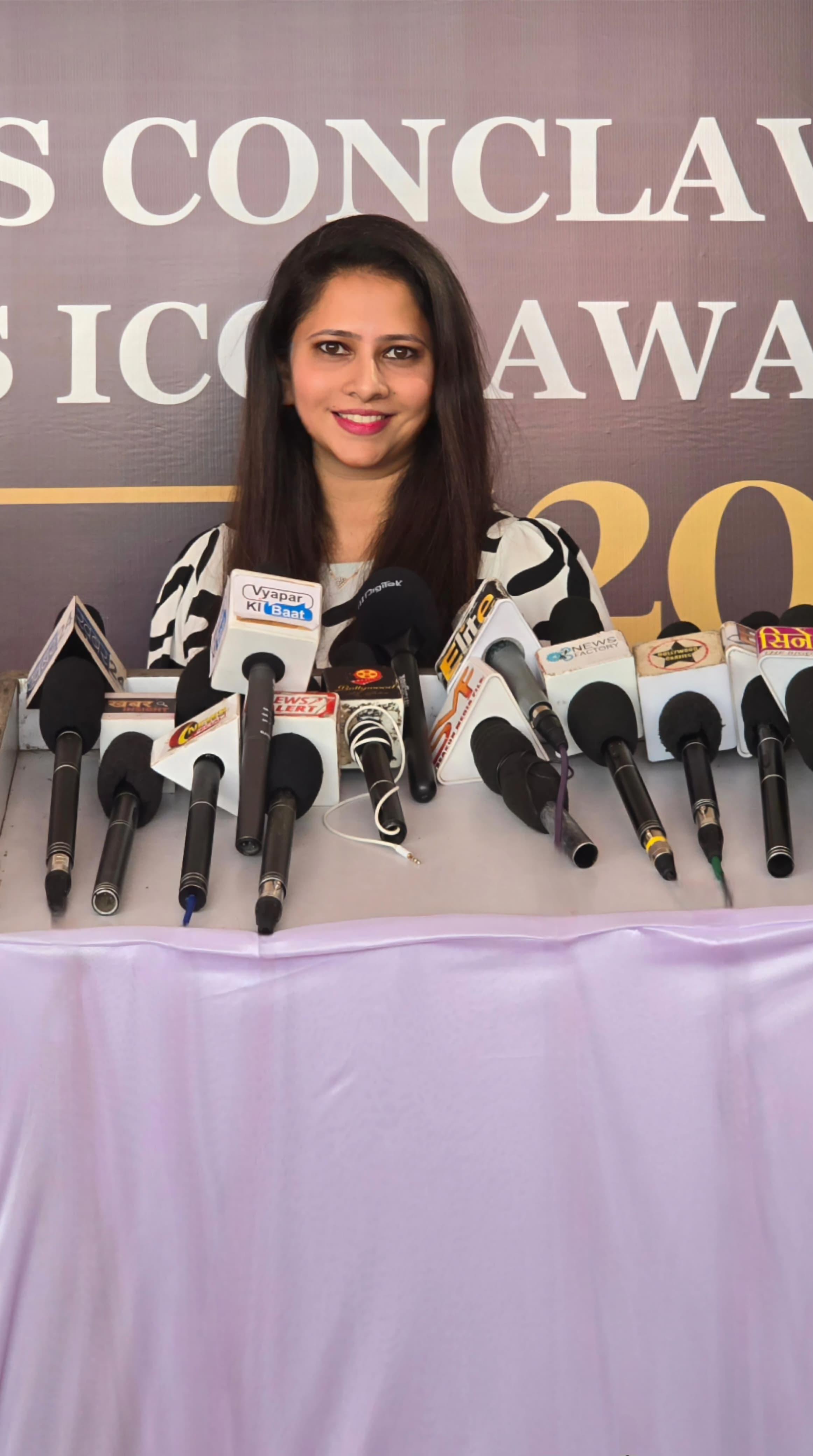Introduction
The Indian Education Budget for 2024, presented by Finance Minister Nirmala Sitharaman, shows a strong commitment to creating a better and more inclusive education system. With more money allocated than last year, this budget aims to solve long-standing problems and provide better learning experiences across the country.
Allocation Overview
The total money allocated to the Ministry of Education is ₹1.04 lakh crore, a significant increase from last year. This budget focuses on primary and secondary education, higher education, digital education, and skill development.
Primary and Secondary Education
Primary and secondary education gets ₹68,804 crore. The focus is on improving school buildings, training teachers, and using new teaching methods to enhance education quality. Key programs include:
1. *Samagra Shiksha Abhiyan*: With ₹37,000 crore, this program aims to provide quality education from pre-primary to class 12.
2. *Mid-Day Meal Scheme*: ₹12,800 crore is allocated to provide meals to children, which helps improve attendance and learning.
3. *Digital Learning Initiatives*: ₹4,000 crore is set aside for digital classrooms, e-learning content, and internet connectivity in rural schools.
Higher Education
Higher education receives ₹35,000 crore, focusing on increasing access, improving quality, and promoting research. Key initiatives include:
1. *Rashtriya Uchchatar Shiksha Abhiyan (RUSA)*: With ₹7,500 crore, RUSA aims to improve state institutions by meeting quality standards.
2. *Research and Innovation*: ₹3,000 crore is allocated to promote research in fields like artificial intelligence, biotechnology, and climate science.
3. *Scholarships and Financial Aid*: ₹5,200 crore is set aside for scholarships and financial aid to support students from low-income families.
Digital Education and Technology Integration
Recognizing the importance of technology in education, ₹8,000 crore is allocated for digital education. This includes:
1. *Digital Infrastructure*: Investment in high-speed internet for remote and rural areas to reduce the digital gap.
2. *E-content Development*: Creating quality e-learning content in regional languages for better accessibility.
3. *Teacher Training*: Training teachers to use digital tools and platforms effectively.
Skill Development and Vocational Training
Skill development gets ₹10,000 crore to equip youth with industry-relevant skills. Key initiatives include:
1. *National Skill Development Mission*: With ₹5,500 crore, this mission focuses on vocational training and certification to improve job prospects.
2. *Apprenticeship Programs*: ₹2,000 crore is allocated for expanding apprenticeship opportunities in partnership with industries.
3. *Startup and Entrepreneurship Support*: ₹1,500 crore aims to encourage innovation and entrepreneurship among young graduates through incubation centers and startup support programs.
Conclusion
The Education Budget 2024 is a big step towards building India's more inclusive education system. The government aims to equip future generations with the knowledge and skills needed to succeed in a rapidly changing world by focusing on infrastructure, quality, access, and technology. As the budget is put into action, it promises to transform the educational landscape of the nation.

 The government aims to equip future generations with the knowledge and skills needed to succeed in a rapidly changing world by focusing on infrastructure, quality, access, and technology. As the budget is put into action, it promises to transform the educational landscape of the nation.
The government aims to equip future generations with the knowledge and skills needed to succeed in a rapidly changing world by focusing on infrastructure, quality, access, and technology. As the budget is put into action, it promises to transform the educational landscape of the nation.










.jpeg)



















.jpg)
.jpeg)